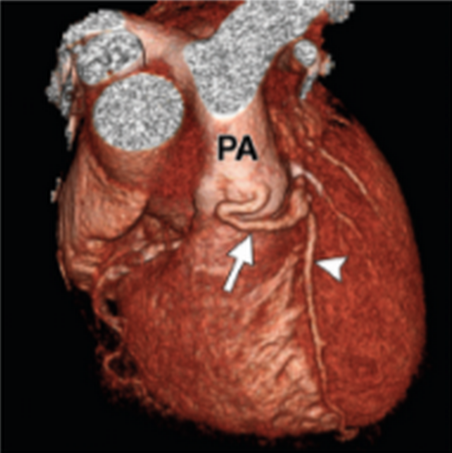Anatomy and Anomalies of the Coronary artery at MSCT: What the Radiologist need to know?
01/01/2018
The advent of MSCT, particularly with scanners having 64 or more detectors, has continued to improve temporal resolution. With these scanners, the heart and coronary arteries are routinely imaged as a motion-free volume of data. A variety of post processing techniques, including multiplanar reformation (MPR), maximum intensity projection (MIP), volume rendering (VR), curved reformation, and cine imaging, allow noninvasive assessment of every aspect of the cardiovascular system. This capability requires a thorough understanding of essential coronary arterial and cardiac anatomy....













